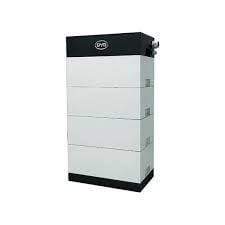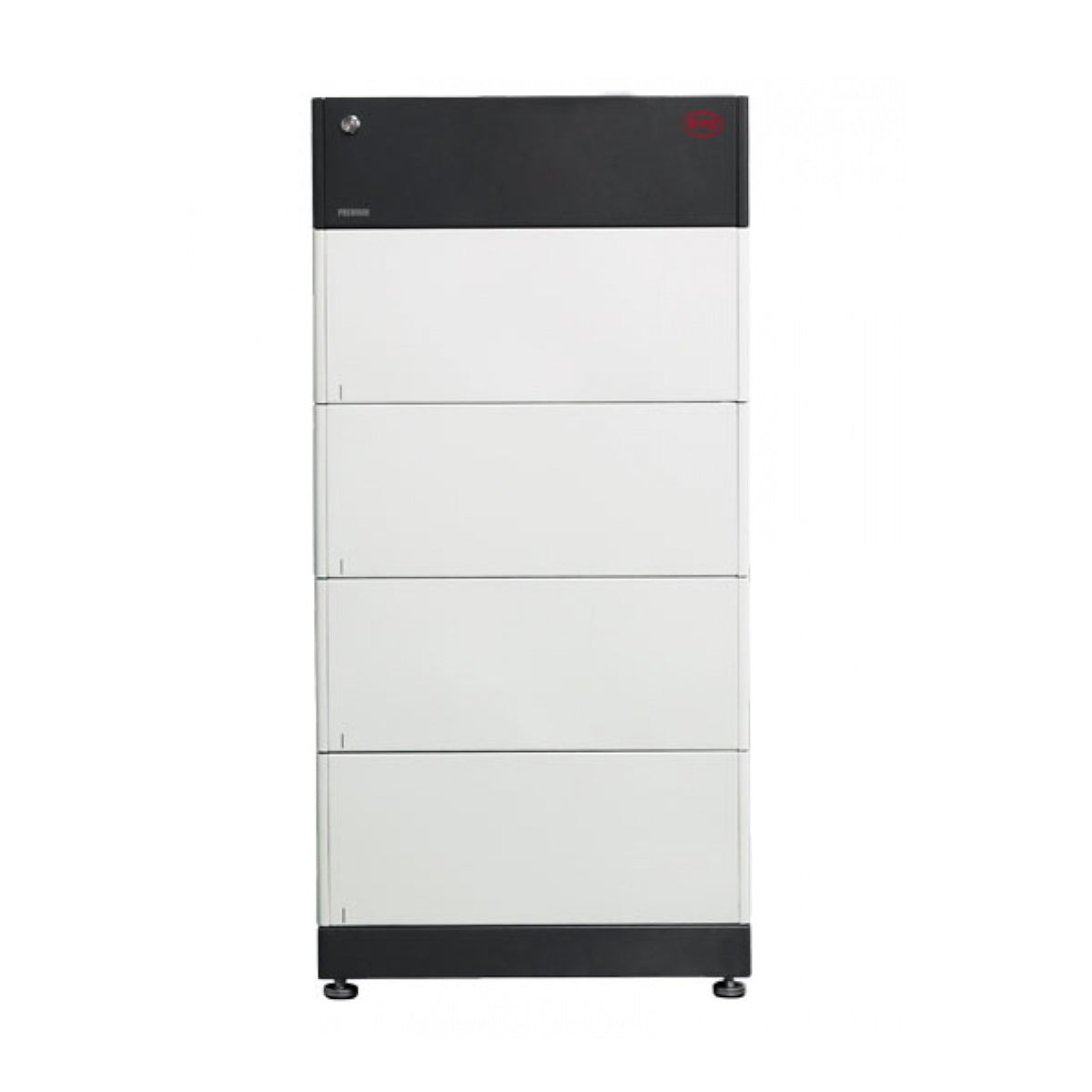agarg
New Member
Folks:
In Sonoma county, due to Wildland Urban Interface (WUI), AHLJ have taken a very conservative stance on more than one Li-ion battery in close proximity (except Tesla). In my case, the SMA Storage needs a high DC voltage BYD or LG Chem RESU and both are (a) expensive), and (b) is not convenient after 6 ft of separation. I will have to take that some 25 ft away.
My load profile (minus the heat-pump) is about average 10 kwh during the non pv production time right now. While it improves as the day become longer, this will get worse in winters. During the grid available period, I have no problems. However, if PG&E does planned shut down (as it often does) or they do unplanned shut down (as they also often do!!), we may run into a problem as our ESS does not take us across to the solar production hours (and we produce enough, if we can store).
Even though, it sounds like an edge case, I would be delighted, if I could find enough electricity to take up to next day until PV start to produce (as a backup).
I am wondering, if I can charge a battery kept far away and then use a grid micro-inverter to produce electricity during the night, it might solve the problem.
I made this schematic and wonder if you guys would look at it and red flag what you see as concern area.
Much appreciate.
In Sonoma county, due to Wildland Urban Interface (WUI), AHLJ have taken a very conservative stance on more than one Li-ion battery in close proximity (except Tesla). In my case, the SMA Storage needs a high DC voltage BYD or LG Chem RESU and both are (a) expensive), and (b) is not convenient after 6 ft of separation. I will have to take that some 25 ft away.
My load profile (minus the heat-pump) is about average 10 kwh during the non pv production time right now. While it improves as the day become longer, this will get worse in winters. During the grid available period, I have no problems. However, if PG&E does planned shut down (as it often does) or they do unplanned shut down (as they also often do!!), we may run into a problem as our ESS does not take us across to the solar production hours (and we produce enough, if we can store).
Even though, it sounds like an edge case, I would be delighted, if I could find enough electricity to take up to next day until PV start to produce (as a backup).
I am wondering, if I can charge a battery kept far away and then use a grid micro-inverter to produce electricity during the night, it might solve the problem.
I made this schematic and wonder if you guys would look at it and red flag what you see as concern area.
Much appreciate.





